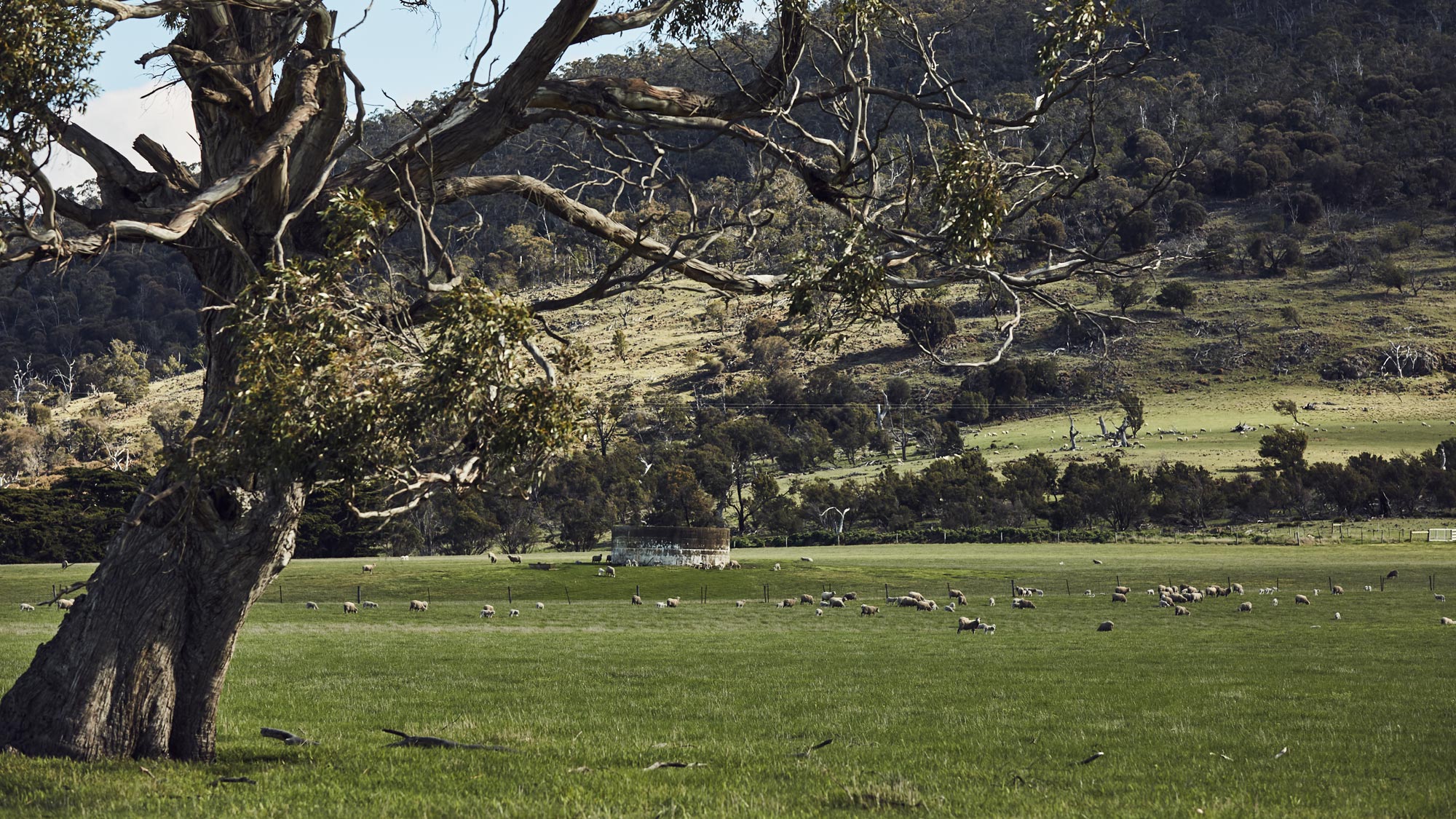Tool 5.3 The 3D approach to weed management
Tool 5.3 The 3D approach to weed management
Weeds are a major threat to pasture productivity, native vegetation and biodiversity. It is estimated that weeds cost the grazing industries $1.8 billion each year in lost revenue. The threat posed by weeds to biodiversity is ranked second only after land clearing.
Weed management needs to be planned using the 3D approach – Deliberation, Diversity and Diligence.
Deliberation – stocktake of weed problems and priorities
| Ask yourself | Action | Result |
| What have I got? | Use Quickchecks (see chapter 5.4 signposts) to assess the desirable and weed species in the paddocks of most concern to you | Tailor your strategies and set your goals |
| Where are the weeds located on my farm? | On a farm map plot where your weed infestations are, which species are present and how dense they are at each location | Firm up your priority areas for weed management |
| Where did/are the weeds coming from? | Determine if the weed/s:
|
Help you determine how to prevent future weed incursions |
| What are my goals for weed management? | Identify on your farm map:
|
Determine achievable goals for weed management in your priority areas Allocate the right amount of time and money to achieve each goal |
| What tactics are most appropriate to achieve my weed management goals? | Use the Weed CRC 5 tactic weed control matrix (Tool 5.4) | Choose the right tactic to achieve my weed management goals |
On a sheep enterprise in the southern NSW tablelands, African lovegrass and serrated tussock are both significant problems. The long-term management of serrated tussock meant that it did not get away and the goal for serrated tussock on this property is eradication. However, not much was known about African lovegrass when it was first identified on this property. It is now such a problem that eradication is not a feasible goal at this point in time and the current goal is controlled management.
Diversity – management tactics to target weak points in weed life cycles
| Ask yourself | Action | Result |
| What weed management tools do I have in the toolbox? | Use as many tactics as you can:
|
Integrated weed management: adoption of a diverse range of weed control practices that reduce the reliance on herbicides |
| Which tools will help achieve my weed management goals? |
MLA Tips & Tools: Weed removers, pasture improvers – effective weed control Tool 5.4 - Weed control tactics in native vegetation Select a variety of tools that can work together to target your weeds, using the tactics you identified in Deliberation
|
Choose the right tools to achieve your vision for weed management in your grazing enterprise |
| When is the best time to carry out each option to target priority weeds? | Establish a calendar of activities to target the weeds throughout the year to:
|
Do it on time, every time |
Diligence – monitor progress then adjust your strategy accordingly
| Ask yourself | Action | Result |
| Has my weed management been successful? | Monitor weed levels after key management activities, and on an annual basis to track changes in weed distribution and density | Proof that you are achieving your weed goals. |
| What can I do to improve my weed management? |
In the short term:
In the longer term, reassess your weed management strategy and goals based on the outcomes of your monitoring program
|
Re-adjust your strategy to:
|
On a southern NSW tablelands sheep enterprise, diligence is a key factor in the management of serrated tussock. Once a year the entire property is checked for serrated tussock and any live plants are spot sprayed there and then. The sheep producer says this job is neither difficult nor expensive; you just have to be persistent and do it. To assist with this, every vehicle on the property has either a knapsack sprayer with flupropanate or a mattock to remove the weed immediately once it’s spotted. It is this vigilance which has enabled him to reduce his serrated tussock management time over fifteen years from three months per year to less than a week per year.






